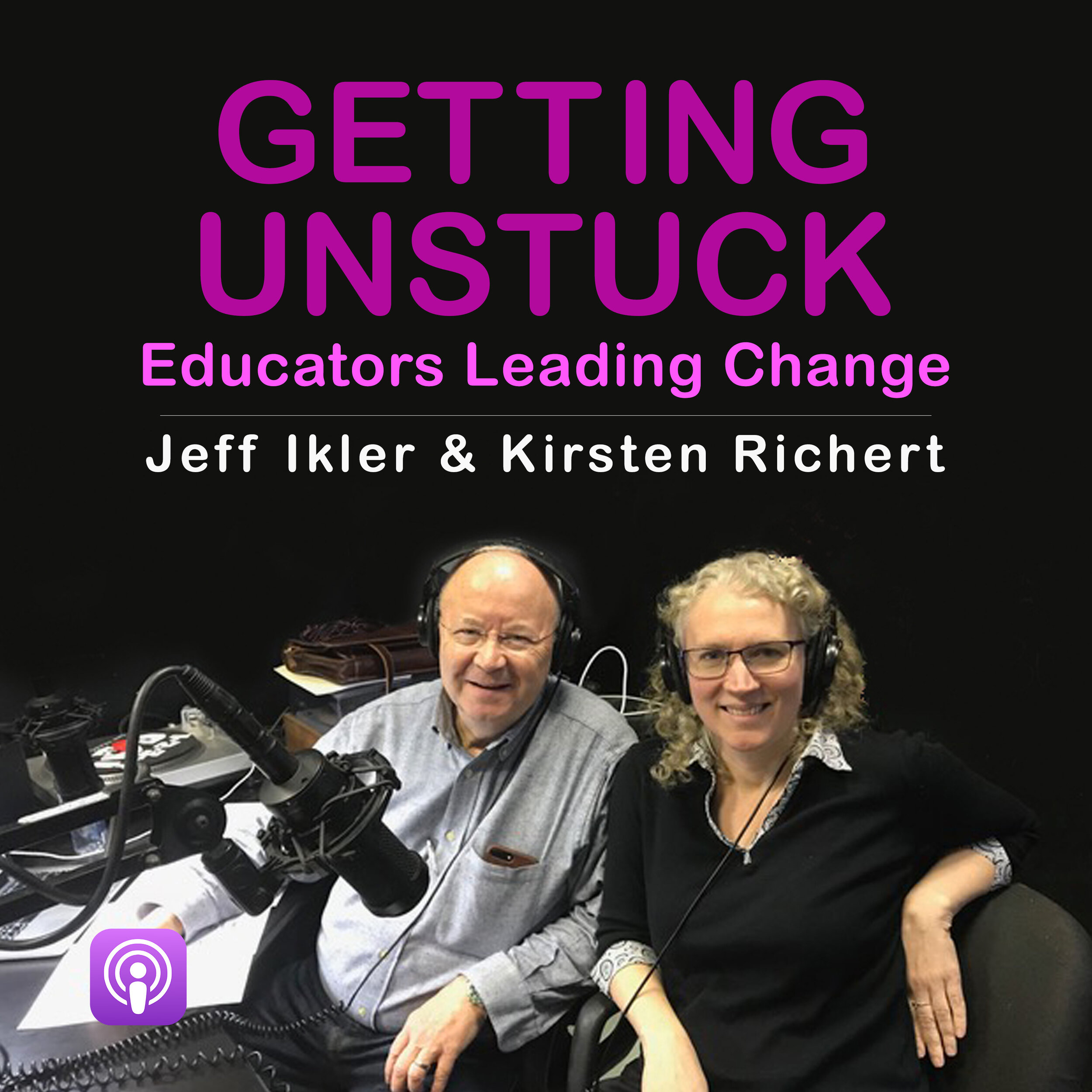Getting Unstuck #177: Shifting? Focus First on the People Making the Shift
“The best part of the job? The kids embraced the change, embraced what we were trying to do because they were seeing the potential of having student voice and choice in their learning.”
Our guest
Constantino “Costa” Aguilar has been an educator for 24 years. He started his career as a high school Spanish teacher where he spent 10 years in the classroom. The last 14 years have been in administration: associate principal, principal, executive director of technology and innovation, and currently holds the position of Assistant superintendent in the Merced Union High School District (CA). He earned his doctorate from the University of Southern California in Organizational Change and Leadership.
Why this conversation matters
This interview is part of our “Unstuck” series. These interviews focus on school leaders who are not just getting unstuck, they’re already "unstuck." And by "Unstuck," we mean they are embracing a major shift in their district or school's approach to student learning, instruction, ongoing teacher professional development, community relations, and personal leadership. They’re doing things better, not just differently, not just as part of the most recent fad or trend, but because they want to increase the likelihood that they can achieve desired outcomes on behalf of their students.
These change leaders have also embraced one or more of the nine recommended change shifts we detail in our book, Shifting: How School Leaders Can Create a Culture of Change. Those shifts were heavily informed by our research with thought leaders and practitioners. Now, in this series, we tell the stories of educators who are demonstrating one or more of those shifts, highlighting where their school or district was before the change, and where they’ve led or are leading their school or district. In short, we want to take our narrative from principles to practices that can inform the work of other educators.
In addition, we want to focus a bit on the mind of the school change agent. Specifically, what is the internal vision / driver that informs the external vision and actions toward change? What makes visionary change leaders such as yourself tick?
Listen for
√ The big shift in purpose the new superintendent instituted – the vision, the “why” – and the reason it was implemented.
√ How staff, parents, and the community first responded to the shift, and how the district responded to resistance.
√ How the big shift was first actualized in a meaningful way.
√ How external partnerships played a big role in student success.
√ What’s involved in establishing a culture of safety with the permission to fail in experimentation.
“You got to keep the main thing, the main thing. Six years ago, it was career technical education, and everything that falls under it with the pedagogy. Well, guess what, it's still the main thing. We haven't moved on to the new shiny thing.” — Costa Aquilar
Connect with Costa
@caguilarmuhsd
@merceduhsd
@inflexionlearns
Referenced
“Culture Eats Strategy for Lunch” by Coffman and Sorensen
First Break All the Rules Gallup
The Gifts of Imperfection Brene Brown
Connect with us
• Subscribe, and consider leaving us a rating and review on
or wherever you pick up your podcasts.
• Follow “Worth a Look, Listen, or Read” - our new spinoff on LinkedIn that reinforces key change and innovation concepts to help you get unstuck
• We are proud members of the




